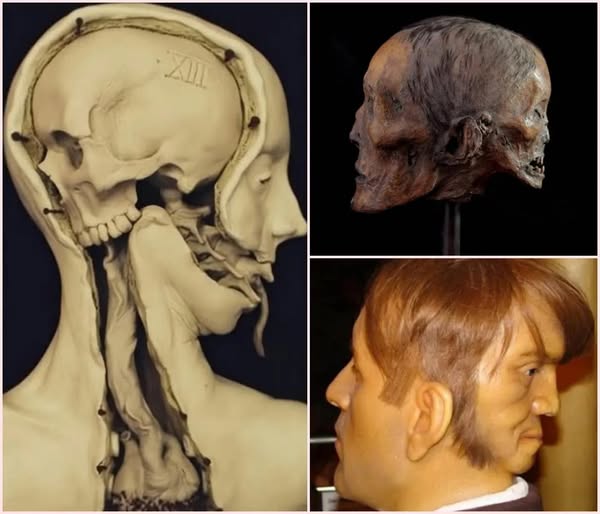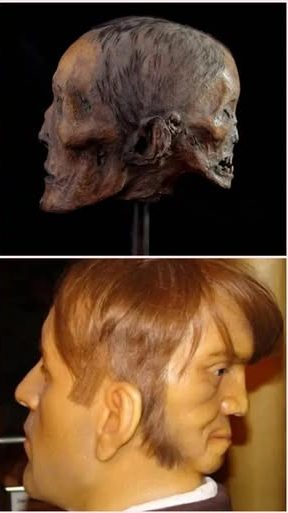Edward Mordrake: The Man Haunted by a Second Face

In the shadowy corridors of 19th-century England, the haunting legend of Edward Mordrake endures—a man said to have been born with a grotesque anomaly: a second face on the back of his head. This peculiar feature, whispered about in hushed tones, reportedly had the ability to move its eyes, smile, and even whisper, tormenting Edward throughout his short life. His existence raises profound questions about identity, humanity, and the limits of medical understanding in an era fascinated by the bizarre.

On December 8, 1895, the Boston Sunday Post sensationalized his tale in an article titled “The Wonders of Modern Science,” which linked Mordrake to a catalog of extraordinary human anomalies, including mermaids and human-crab hybrids. The article painted a vivid picture of a man struggling not only with his physical condition but also with societal rejection. Edward’s second face, described as both beautiful and sinister, became a symbol of his torment, as it was said to mock him, whispering cruel taunts and urging him to commit unspeakable acts.
Despite the sensationalism surrounding his story, many question the veracity of these accounts. Was Edward Mordrake a victim of folklore, or was there a kernel of truth in his tragic existence? The narrative blurs the line between medical curiosity, folklore, and horror, captivating audiences then and now. In a time when medical science was still in its infancy, the existence of a man with two faces seemed to challenge the very fabric of what was considered possible.
Edward’s tragic life—isolated, tormented, and ultimately fated to die young—forces us to confront humanity’s fascination with the grotesque and the mysterious. The stigma surrounding physical differences often leads to exclusion and misunderstanding, and Edward’s story serves as a poignant reminder of the struggles faced by those who exist outside societal norms.

What truths lie behind the whispers of the man with two faces? As modern science continues to explore the complexities of human anatomy and genetics, Mordrake’s tale invites us to reflect on our perceptions of beauty, normalcy, and the human experience. His legacy challenges us to look beyond the surface and consider the emotional and psychological toll of being different in a world that often fears what it does not understand.
In the end, Edward Mordrake remains an enigmatic figure, embodying the delicate interplay between reality and myth, the known and the unknown. His story continues to resonate, reminding us that within the grotesque lies a deeper humanity—a quest for acceptance and understanding that transcends the boundaries of time and circumstance.
🎥 Watch more:











